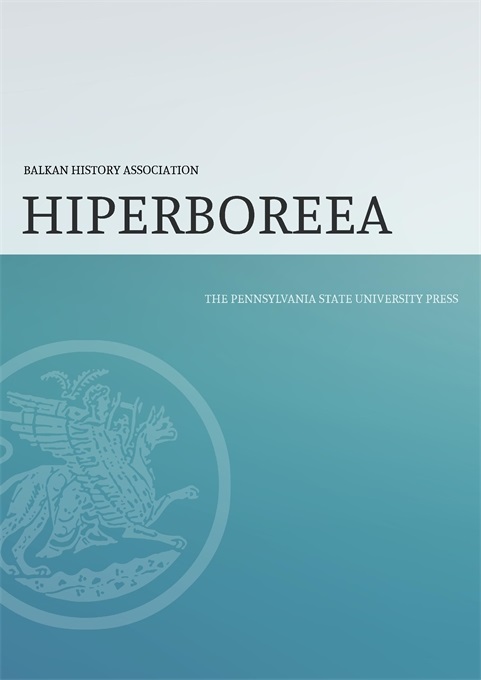Joshua M. Cragle has published the first book-length study to mount the argument that the Christianization of the Saxons (and by extension, of all early medieval European peoples who were conquered and forced to take on the religion of their Christian conquerors) was not the unproblematic positive that Christian triumphalist historians, and other non-aligned scholars who were broadly accepting of the idea that conversion to Christianity represented progress for ‘barbarian’ peoples, have promoted. Cragle’s “Introduction” discusses modern colonialism and the destruction of Indigenous culture and religion by invading Europeans and argues that more attention should be paid to the processes of Christianization. The push and pull factors in Charlemagne’s conquest of Saxony included: violence, gifts, legal enforcement, slavery, economic exploitation, eradicating paganism, geographic restructuring, promoting saints’ cults, marriages and political alliances, and theological persuasion (p. 3). Some of the items on this list sound innocuous, and others more threatening. In combination they transformed Saxony.
The book is in three parts. Part I, “Origins,” opens with a sketch of Frankish history, then discusses Saxon history, which has scantier textual sources that are supplemented with archaeological evidence. The histories are organised under the same sub-headings so similarities and differences between the Franks and the Saxons are clear. Chapter 3, “Early Franco-Saxon Conflict,” brings the two peoples together, and in contexts of war, piracy, and very occasional cooperation. Chapter 4, “Old Saxon Paganism,” marshals all the sources for this contentious subject and offers a detailed and plausible account of the pre-Christian religion of the Saxons (focusing on the gods Thunear and Saxnōt, the sacred groves and tree monument the Irminsul, divination, animal sacrifice, and funerary customs). Chapter 5 shifts to early Germanic conversion to Christianity in what is now modern Germany and surrounding territories. Short biographies of the missionaries Rupert, Corbinian, Killian, Pirmin, Amandus, Wilfrid, Wigbert, the two Hewalds, Willibrord, Wulffram, and Boniface, feller of the Oak of Jupiter at Geismar, are supplied. Later missionaries Willibald, Willehad, and Lebuinus are also covered.
Part II, “Charlemagne’s Saxon Wars,” opens with a discussion of the initial motivations for the conquest of Saxony, and the importance of disentangling this from what we later know. In January 772 Saxons attacked Deventer, intending to rout Lebuinus and his followers, who escaped to Utrecht. Apparently, the Saxon assembly at Marklo took place shortly after and Lebuinus allegedly attended. Cragle assumes that Charlemagne’s invasion of Saxony and destruction of the Irminsul that year was payback for Deventer. The chronology then becomes one of immediate revolt after attack (772 being the first instance). Chapter 7, “The Rise and Fall of Widukind, 777-785,” opens with Hedeby in Denmark being described as “a sanctuary for Saxons fleeing Frankish might” (p. 122). The missionaries Sturmi and Liudger, and the foundation of the influential monastery of Fulda, the Saxon revolt of 778, and the assembly at Paderborn called by Charlemagne in 782, and likely the place of promulgation of the First Saxon Capitulary are discussed, as is the savage beheading of 4,500 Saxon rebels at Verden in 782, likely a reprisal for the Frankish defeat by the Saxons in the Süntel Mountains. Widukind was baptised and his life after that event becomes difficult to piece together. The next chapter deals with Charlemagne’s relations (cordial and hostile) with the Avars and Obodrites, the Saxon revolt of 792, and the Capitulare Saxonicum of 797. Violent conflict raged in Saxony till 802/3, when the Lex Saxonum was promulgated. Chapter 9 “Turbulent Frontiers” takes the reader to the death of Charlemagne.
Part III, “Consequences,” opens with the reign of Louis the Pious, 814-840 CE. Chapter 11, “Christanization in Saxony Under the Late Carolingians,” covers the establishment of monasteries and churches, the introduction of saints’ relic cults, and the Heliand, or “Saxon Gospel,” a heroic poem of roughly 6,000 lines that indigenises the gospel for the Saxons. The next chapter discusses the Stellinga Revolt (842-843 CE) and its outcomes, and has a solid discussion of the relationship of traditional law and Pagan religion. The “Conclusion” ties together Cragle’s argument, using the list of factors accompanying or assisting Christianization noted above. In conclusion, Converting the Saxons: A Study of Violence and Religion in Early Medieval Germany is a ground-breaking study that should change the scholarly conversation around conversion to Christianity in Late Antiquity and the early medieval period, bringing to the fore discussions of violence and colonialism, cultural destruction and mass slaughter, genocide and profiteering from war. I recommend it highly; in fact, I wish I’d written it.
Carole M. Cusack, PhD, Professor of Religious Studies, University of Sydney


